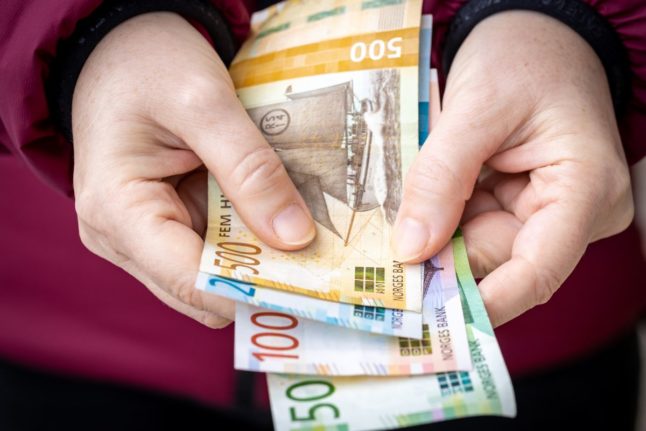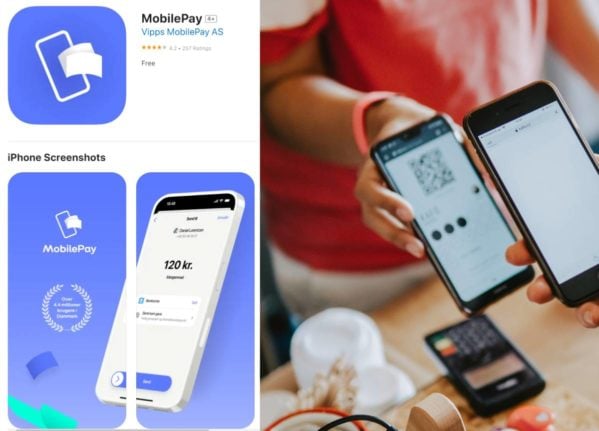It was hard to miss at the supermarket check-out. Food prices in Norway grew by a record 10 percent in 2023, according to the annual figures released last week by Statistics Norway, helping to push underlying inflation to the highest level in more than two decades.
Consumer price inflation, adjusted for tax changes and energy prices rose by 6.3 percent, the most since Statistics Norway started tracking the measure back in 2001.
So the average 5.5 percent wage increase received by unionised workers fell far short of covering people’s increased costs, meaning most people ended the year worse off in real terms.
What will happen in 2024?
According to five economists surveyed by FriFagbevegelse, the online newspaper for Norway’s trade union umbrella organisation, LO, most workers can expect to see their real spending power increase, wage growth exceeding inflation by about 0.9 per cent.
The economists forecast that wages will increase by just over 5 percent in 2024, while prices should rise by just over 4 percent.
This is pretty close to what Norway's government has forecast in its budget for the year, with wage growth of 4.9 percent exceeding inflation of 3.8 percent.
What are unions pushing for?
Peggy Hessen Følsvik, leader of the LO umbrella union, at the start of this year refused to promise a rise in real wages, saying that it was too difficult to predict what would happen to prices.
"I'm not going to sit here and promise that now. I think the last few years have shown us that making such a promise on our part is difficult," she told the broadcaster TV2.
"We also believed that with the relatively tough wage agreement we got last year we would secure purchasing power, and based on the numbers and our assumptions, we did this with the settlement, but price increases are difficult to predict."
But Klemet Rønning-Aaby, chief negotiator for the Unio union, said in the union's podcast this week that he was optimistic that workers could see real wages grow by about one percent.
"The situation right now in the industry then, to get straight to the point, is fantastically good," he said. "They have a very good competitive situation. They sell their goods in dollars and euros, and have their costs in kroner, which has brought tremendous benefits."
He said that business executives had already been reaping the benefits of wage growth and bonuses while blue-collar workers had been left behind.
"So I think that industrial workers now, in this year's settlement, have a good basis for getting a result that is at least one percent real wage growth, and I think that is clearly within what the competitive sector can do."
Given that prices are expected to rise 4.5 percent, he said, a 5.5 percent wage hike looked reasonable, although he stressed that inflation could easily exceed or fall below it, depending on what happens to the krone.
As for the public sector, he said that the framework for wage settlements may need adjusting to bring higher wages to workers like nurses, elderly care personnel, and teachers.
"If people don't want to become teachers, do not want to become nurses, do not want to get the higher education to enter important professions for Norwegian society, then the salary system must contribute to that," he said. "And if that means that the framework for the municipal sector is 6 percent a year, then that's what it means. It is necessary."
What are employers saying?
Ole Erik Almlid, chairman of the Confederation of Norwegian Enterprise, told TV2 that he expected negotiations with unions to be challenging in 2024, as this year the hovedoppgjør, or main collective bargaining agreement, is up for negotiation, meaning holidays, working hours, and other conditions need to be negotiated.
"There will be a tough wage settlement this year, I think we have to be prepared for that," he said.



 Please whitelist us to continue reading.
Please whitelist us to continue reading.
Member comments